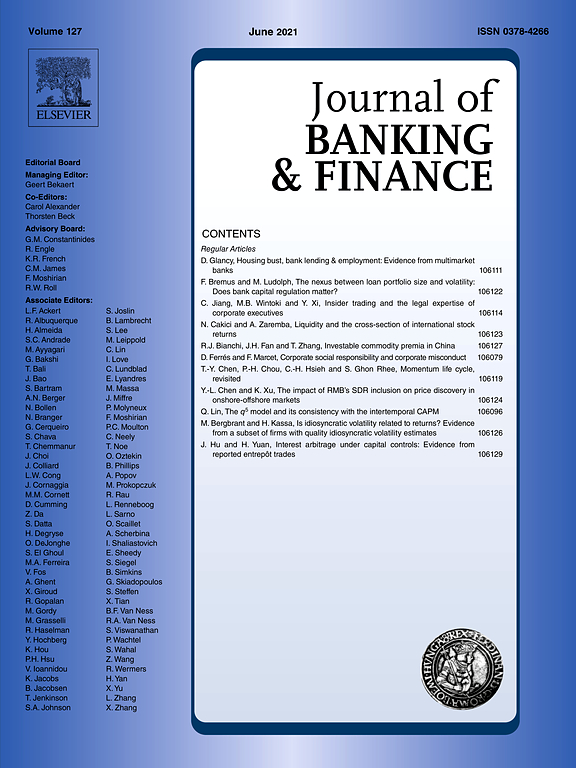
The Term Structure of Banking Crisis Risk in the United States: A Market Data Based Compound Option Approach
We use a compound option-based structural credit risk model to estimate banking crisis risk for the United States based on market data on bank stocks on a daily frequency. We contribute to the literature by providing separate information on short-term, long-term and total crisis risk instead of a single-maturity risk measure usually inferred by Merton-type models or barrier models. We estimate the model by applying the Duan (1994) maximum-likelihood approach. A strongly increasing total crisis risk estimated from early July 2007 onwards is driven mainly by short-term crisis risk. Banks that defaulted or were overtaken during the crisis have a considerably higher crisis risk (especially higher long-term risk) than banks that survived the crisis.




